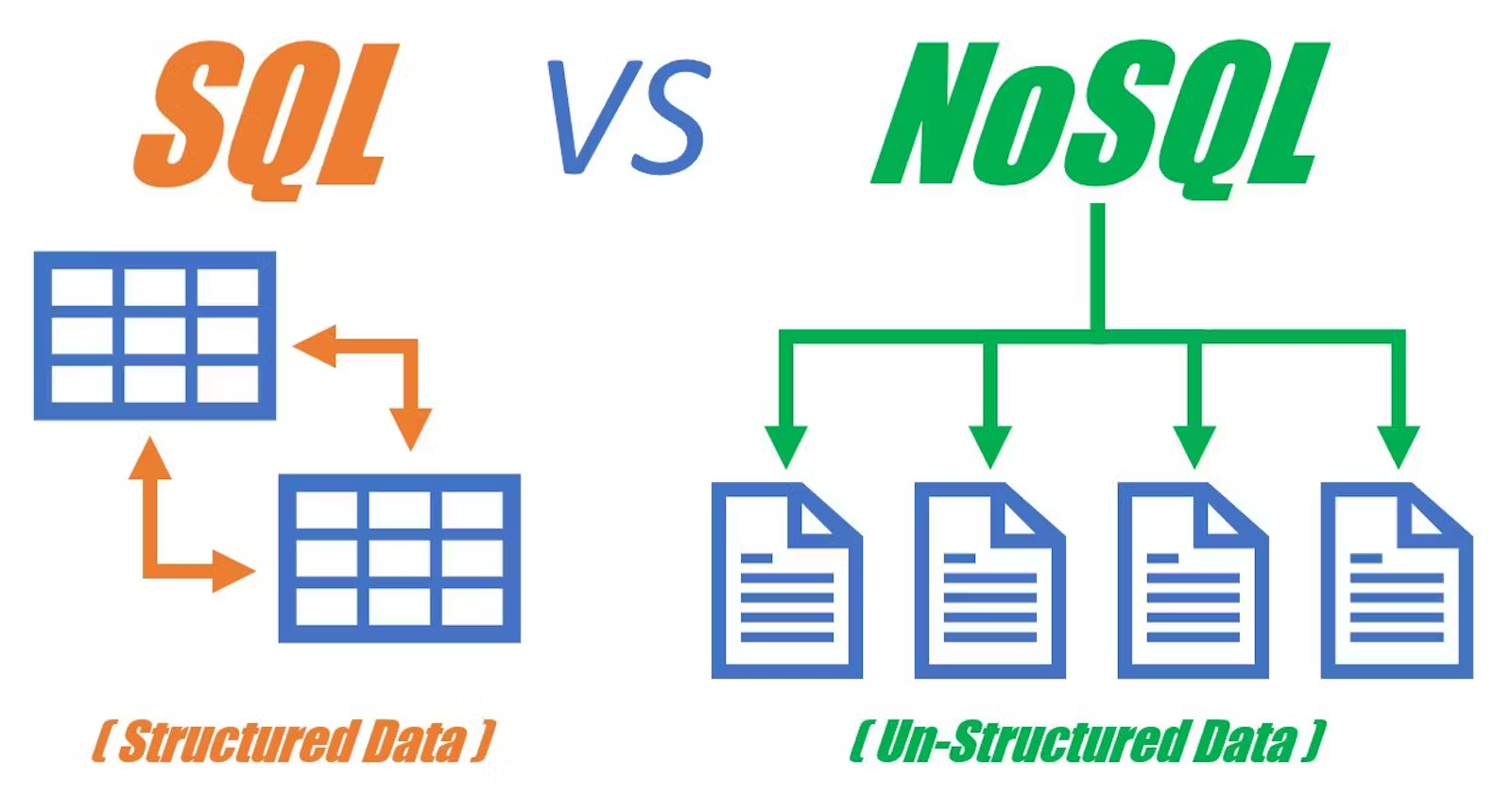Selecting the right database is a pivotal decision for any project. Whether you’re building a small-scale application or a large-scale enterprise system, your choice between SQL and NoSQL can significantly impact performance, scalability, and development flexibility.
This article provides a detailed comparison of SQL and NoSQL databases, highlighting their differences, advantages, and best use cases. By the end, you’ll have the insights needed to make an informed choice for your project.
Background
Databases have been a cornerstone of software development for decades. Traditional relational databases (SQL) have dominated the scene, offering structured storage and powerful querying capabilities.
However, the rise of big data, cloud computing, and distributed applications has led to the emergence of NoSQL databases, which focus on flexibility and scalability. Both models have unique strengths and weaknesses, and understanding these can help you align your database choice with your project’s goals.
Key Concepts
Before diving deeper, let’s clarify some key terms and concepts:
- SQL (Structured Query Language): A language used to interact with relational databases. It supports structured data organized into tables with rows and columns.
- NoSQL (Not Only SQL): A category of databases designed for unstructured, semi-structured, or schema-less data. Includes various models like document, key-value, graph, and columnar databases.
- Schema: A predefined structure that dictates how data is organized and stored. SQL databases use fixed schemas, while NoSQL databases often do not.
- ACID Compliance: Ensures atomicity, consistency, isolation, and durability in transactions. SQL databases are typically ACID-compliant, while NoSQL databases prioritize scalability and availability.
- BASE (Basically Available, Soft state, Eventually consistent): A design philosophy commonly used by NoSQL systems to optimize for scalability.
Detailed Explanation
SQL Databases: Features and Advantages
- Structure: Data is stored in tables with fixed schemas, ensuring consistency and integrity.
- Queries: Uses SQL for complex queries, joins, and aggregations.
- Transactions: Strong ACID compliance makes them ideal for scenarios where data accuracy is critical.
- Maturity: Decades of development have led to robust tools, widespread adoption, and a skilled talent pool.
NoSQL Databases: Features and Advantages
- Flexibility: Schema-less design allows for quick iterations and handling of diverse data types.
- Scalability: Designed for horizontal scaling, enabling better performance with growing datasets.
- Variety of Models: Includes document (MongoDB), key-value (Redis), columnar (Cassandra), and graph (Neo4j) databases, each optimized for specific use cases.
- Speed: Optimized for high-speed read and write operations, especially in distributed environments.
When to Use SQL
- Applications requiring structured data, such as ERP and CRM systems.
- Projects needing strong data integrity, such as financial systems or inventory management.
- Scenarios where complex queries and relationships are common.
When to Use NoSQL
- Real-time analytics, such as user activity tracking or social media feeds.
- Projects with rapidly changing requirements or unstructured data, like IoT applications.
- Large-scale, distributed systems requiring horizontal scaling.
Step-by-Step Guide: Choosing Between SQL and NoSQL
Step 1: Assess Your Data
- Structured and consistent? Opt for SQL.
- Unstructured or semi-structured? NoSQL might be better.
Step 2: Evaluate Scalability Needs
- For vertical scaling, SQL databases like MySQL or PostgreSQL excel.
- For horizontal scaling, NoSQL databases like Cassandra or DynamoDB are ideal.
Step 3: Analyze Transaction Requirements
- Choose SQL for applications requiring ACID compliance.
- Use NoSQL for systems prioritizing availability and speed over strict consistency.
Step 4: Determine Query Complexity
- SQL is better for applications with intricate relationships and query needs.
- NoSQL works best for simple queries on massive datasets.
Step 5: Consider Development Flexibility
- NoSQL provides flexibility in schema design, making it ideal for agile development.
- SQL requires more upfront schema planning but ensures long-term stability.
Tips
- Combine Models: In some cases, using both SQL and NoSQL (polyglot persistence) can provide the best of both worlds.
- Think Long-Term: Consider future scaling needs, team expertise, and maintenance when selecting a database.
- Leverage Cloud Offerings: Platforms like AWS, Azure, and Google Cloud offer managed database solutions that simplify deployment and scaling.
Case Studies or Examples
Example 1: E-Commerce Application
An online store chose SQL (PostgreSQL) for managing inventory and orders due to its need for ACID compliance. For real-time customer activity tracking, it used NoSQL (MongoDB) to handle the high-volume, unstructured data.
Example 2: Social Media Platform
A social media company used Neo4j (a NoSQL graph database) to model and query user relationships efficiently, while relying on SQL for billing and reporting systems.
FAQ
Q1: Can I migrate from SQL to NoSQL or vice versa?
A: Migration is possible but complex. Consider factors like data modeling, schema conversion, and application changes.
Q2: Are NoSQL databases less secure than SQL databases?
A: Security depends on implementation. Both SQL and NoSQL databases offer robust security features when configured correctly.
Q3: Which is more cost-effective?
A: Costs depend on scale, infrastructure, and use cases. NoSQL databases can reduce costs for high-traffic, distributed applications, while SQL databases may be more efficient for smaller, structured projects.
Conclusion
Choosing between SQL and NoSQL isn’t about finding a “better” database but identifying the right tool for your project’s needs. While SQL databases shine in structured, relationship-heavy scenarios, NoSQL databases excel in scalability and flexibility for modern, distributed applications.
By understanding the strengths and limitations of each model, you can align your database choice with your project goals, ensuring better performance, scalability, and long-term success.

Leave a Reply